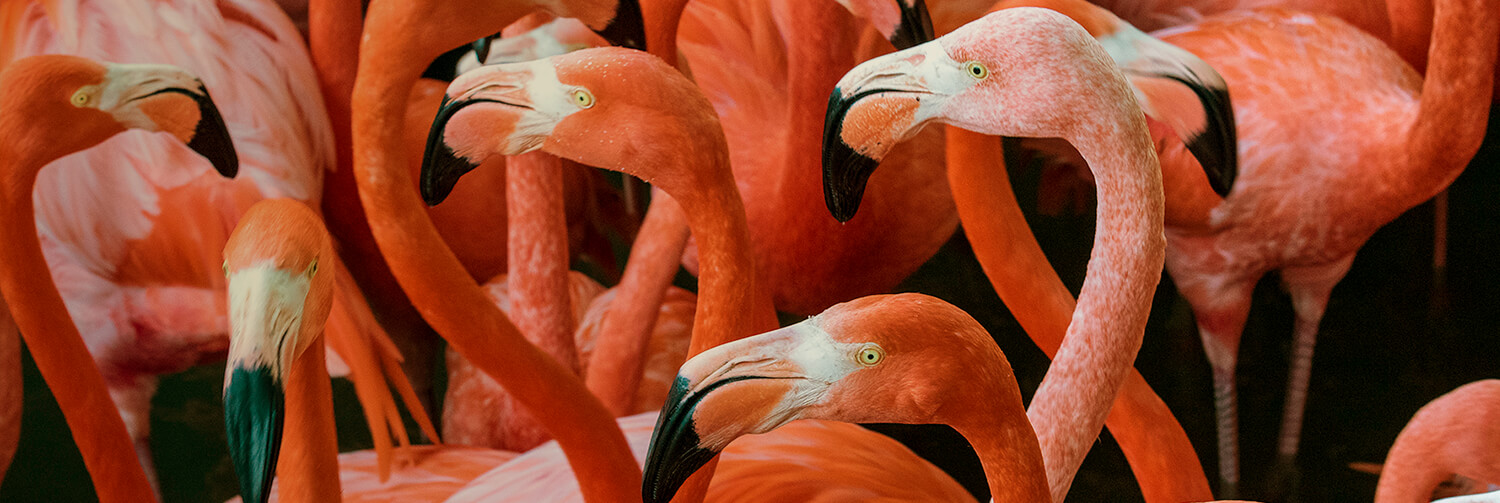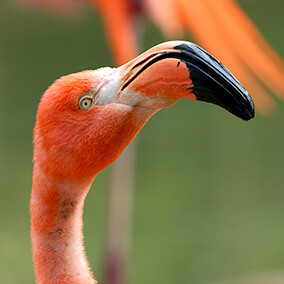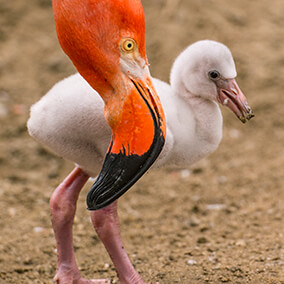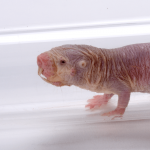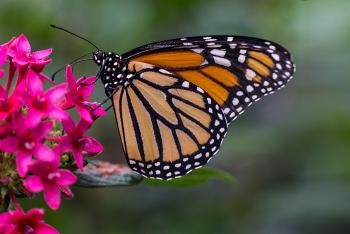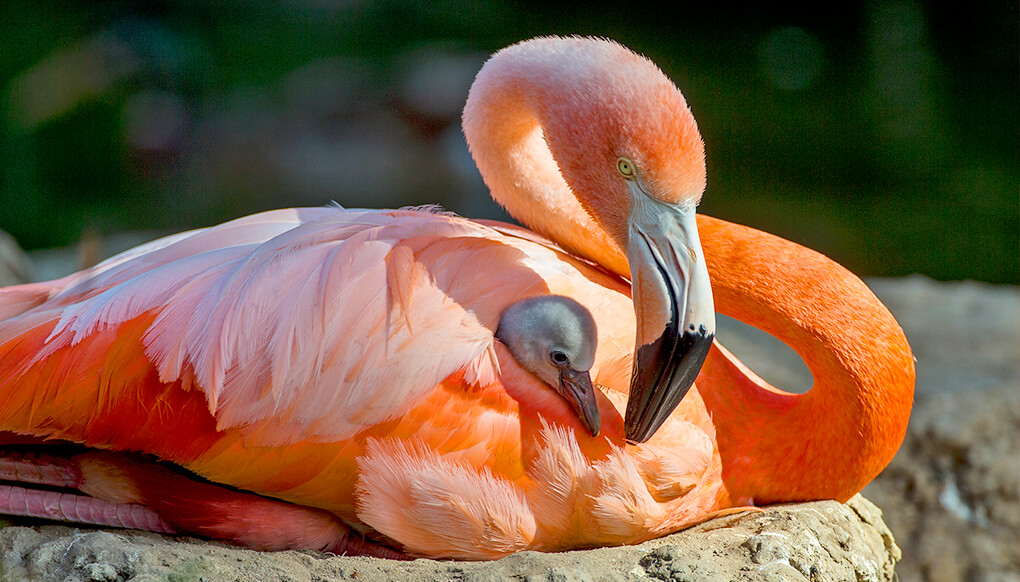
American flamingo

Birds
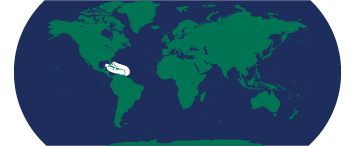

Stable
facts


The American flamingo's diet also includes insects, brine flies, shrimp, and mollusks.

description
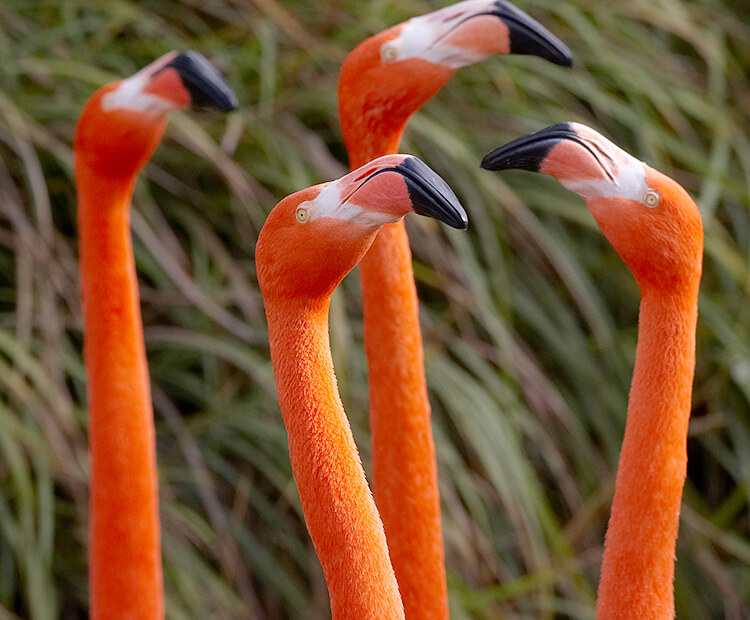
Join the group!
Flamingos are very social birds that like to live in groups of varying sizes, from a few pair to sometimes thousands or tens of thousands. Just imagine how cool it would be to see that many flamingos as they demonstrate their displays of head-flagging, wing salutes, twist-preenings, and marching. The marches are really impressive, with the large, tightly packed flock walking together one way, then switching direction abruptly. All for one and one for all!
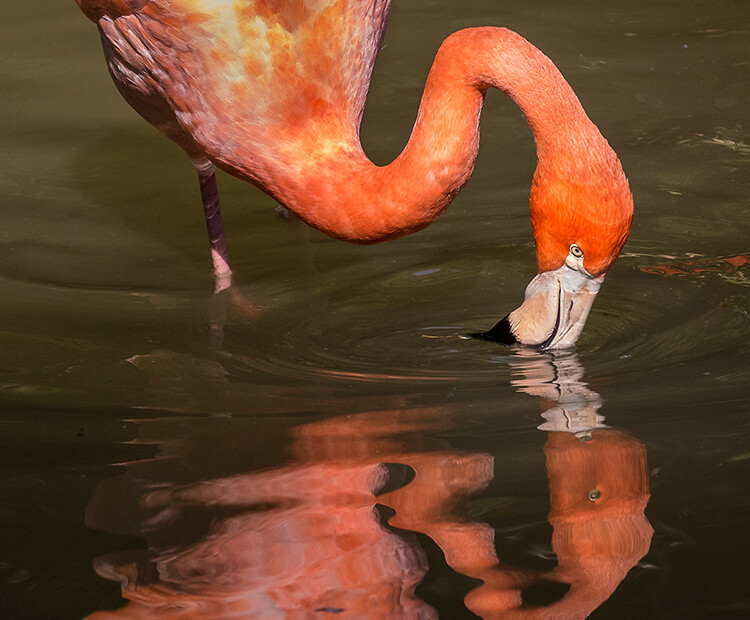
Feeding time
All flamingos feed with their bills upside-down. They tip their head into the water and filter feed, using special adaptations in the top half of their bill, to gather the microorganisms that make up their diet. Flamingos are not born with their brightly colored plumage; their color comes from pigments in the foods they eat—including shrimp, mollusks, and brine flies.
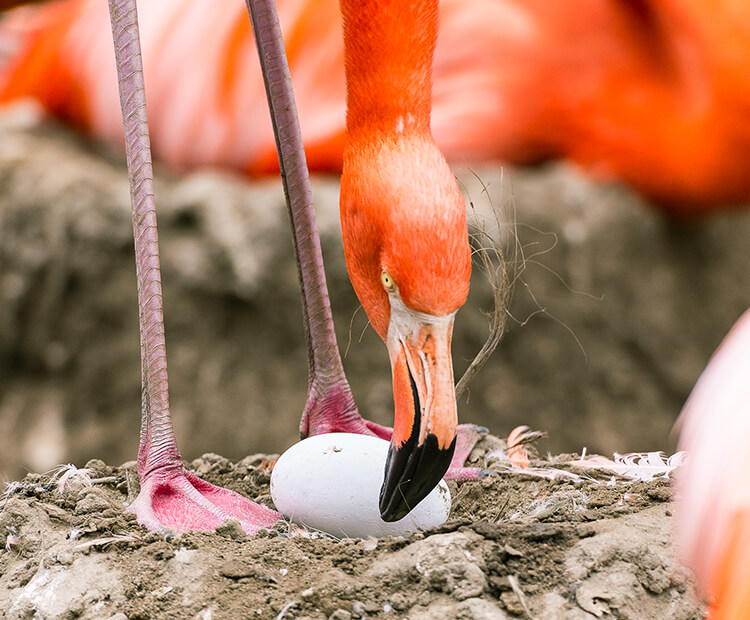
Mounds of mud
Flamingos build very interesting nests. A flamingo nest is not fancy—just a mound of mud, maybe 12 inches high—but it is carefully made. The nest needs to be high enough to protect the egg from flooding and from the occasional intense heat at ground level. Both the male and female build the nest by drawing mud toward their feet with their bills. Flamingos lay a single large egg, which is incubated by both parents.
American flamingos are also called Caribbean flamingos, and they can be found in—you guessed it—the Caribbean. But there are also populations in South America and the Galápagos Islands.

